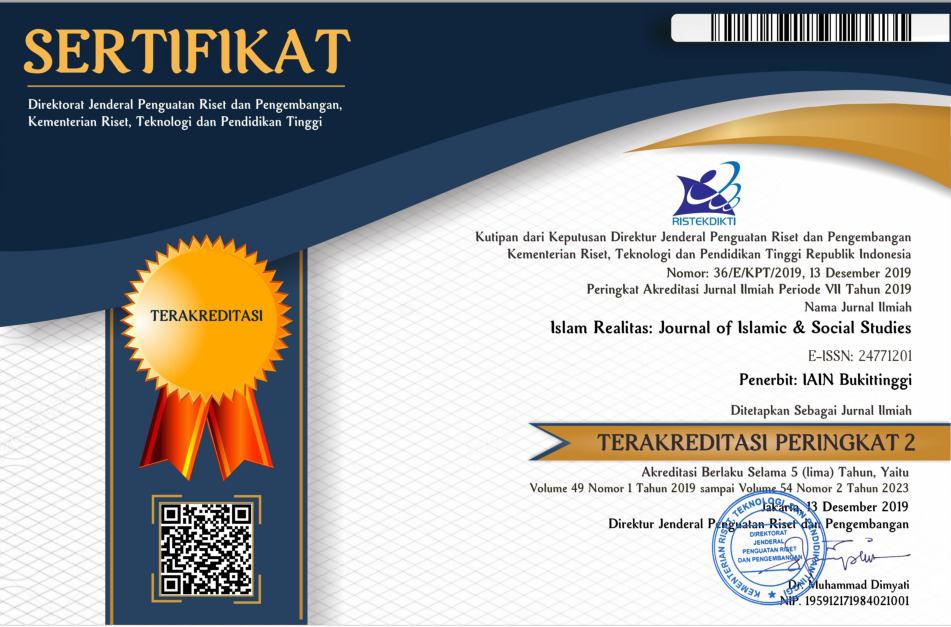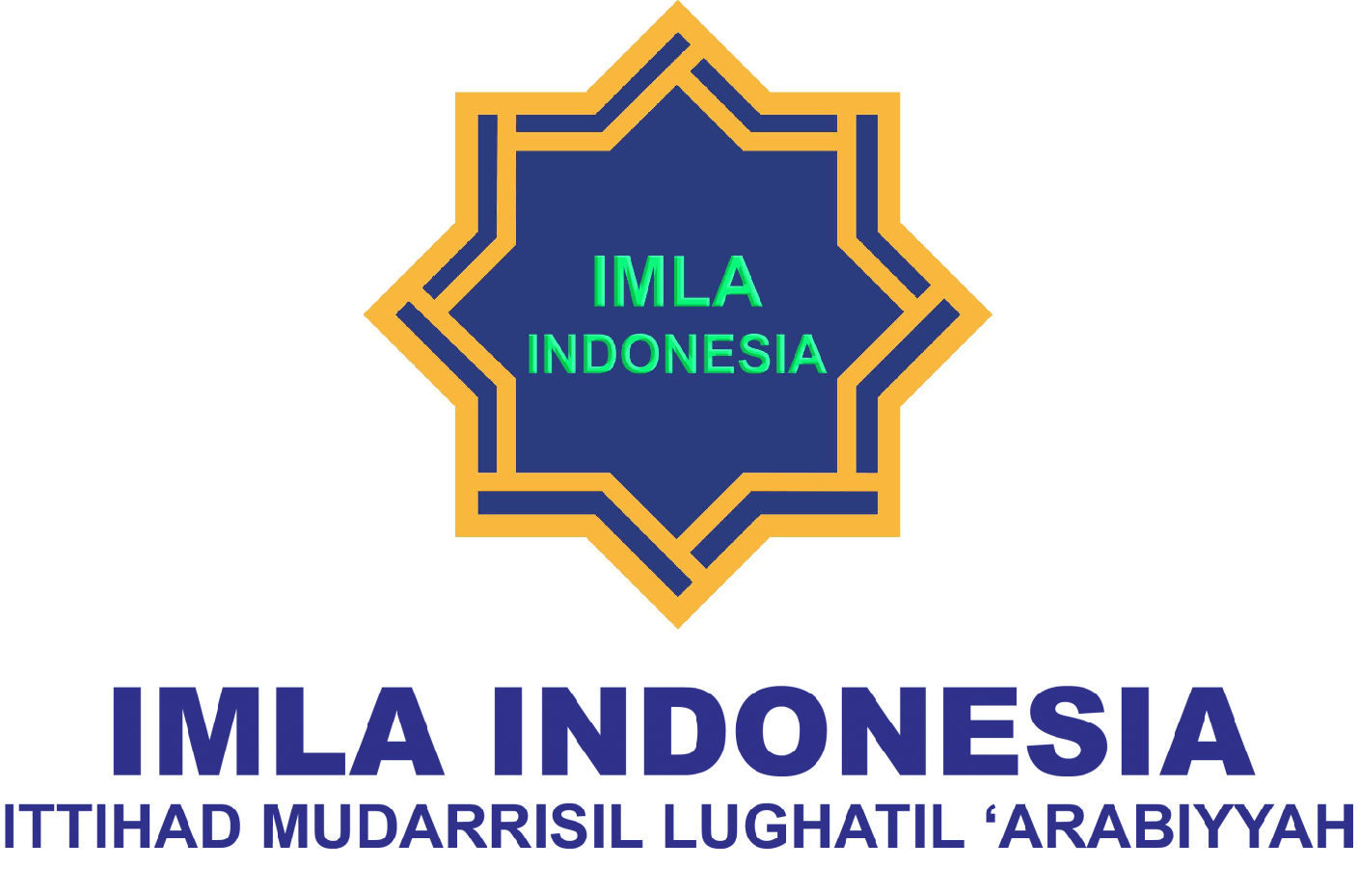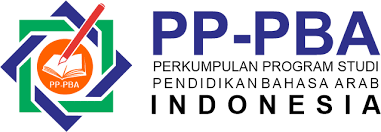Ta’thÄ«r IstikhdÄm al-Biá¹Äqah al-Wamá¸iyah bi al-ḤurÅ«f al-HijÄ’iyyah fÄ« IstÄ«Ê¿Äb al-MufradÄt al-Ê¿Arabiyyah
DOI:
https://doi.org/10.30983/huruf.v2i2.5933Keywords:
Alphabet flash Card, Vocabulary Comprehension, VocabularyAbstract
Lack of vocabulary is a problem while learning a language for non-native speakers since it results in speech weakness. Due to their inability to comprehend what they were being taught and lack of enthusiasm, the pupils found it difficult to regurgitate the terminology. The Alphabet Flash Card Tool was created to make learning enjoyable. In addition to graphical features, it is a device that makes it simpler for pupils to comprehend the lesson so they can obtain better outcomes (writing and pictures). Quantitative field research, an experimental design, and statistical methods are the research techniques used. After conducting the post-test comparing the two groups in this study, the researcher discovered the results: the experimental class had an average score of (77,5), while the control class had an average score of (65,90). The researcher discovered a result that is superior to the result in the table (Tt) in the degree of 5% = 1.99 and has a t-test result (To) = 2.36. Finally, the second semester vocabulary comprehension of the pupils at Muhammadiyah Langsa Intermediate School is affected by the use of the alphabetical flashcards
قلة المÙردات عند تعلم اللغة العربية يسبب ضع٠ÙÙŠ الكلام. وكذلك المشكلات ÙÙŠ هذا البØØ« هي ضع٠ÙÙŠ نطق الØرو٠لدى الطلاب بسبب ذلك وجد الطلاب الصعوبة ÙÙŠ تكرار المÙردات وقلة الÙهم وقلة رغبة الطلاب ÙÙŠ التعليم اللغة العربية. الغرض من أداة بطاقة الومضية بالØرو٠الهجائية يجعل عملية التعليم ممتعة. هي آلة تسهل على الطلاب Ùهم الدرس Øتى يتمكنوا من تØقيق نتائج أعلى، بالإضاÙØ© إلى وسائل الراØØ© الرسومية  يعني تدريب الكتابة بالصور. والمنهج البØØ« المستخدم هو البØØ« الميدان الكمي بالنوع التجريبي، وبالطريقة الإØصائية. والنتيجة من هذا البØØ« هي وجد الباØØ« تأثير باستخدام البطاقة الومضية بالØرو٠الهجائية ÙÙŠ استيعاب المÙردات، ومن النتيجة بعد أن قام بالاختبار البعدي بين Ùصلين: ÙÙŠ الÙصل التجريبي بالمعدل (77,5) والÙصل الضابطي بالمعدل (65,90). Ùوجد الباØØ« نتيجة باختبار-ت (To) = 2,36 أكبر من النتيجة الجدول (Tt) ÙÙŠ الدرجة 5%= 1,99. والخلاصة، استخدام البطاقة الومضية بالØرو٠الهجائية لها آثار ÙÙŠ استيعاب المÙردات لدى الطلاب ÙÙŠ الÙصل الثاني بمدرسة المتوسطة Ù…Øمدية لانجسا.
References
Abdul Wahab, Muhbib, Epistimologi Dan Metodologi Pembelajaran Bahasa Arab (Jakarta: UIN Jakarta Press, 2008)
Alam, Azhar, ‘Metode Musabaqah BiTaqah Mukhtalitul Kalimah (MBMK) Sebagai Strategi Active Learning Dalam Pembelajaran Bahasa Arab’, ARABIA Universitas Muhammadiyah Surakarta, 2020
al-RaḥmÄn, Ê¿Abd, 'Iá¸Ä'Ät li Mu'allimiy al-Lughah al-'Arabiyyah li Ghair al-NÄá¹iqÄ«n bihÄ. (Riyaá¸: al-'Arabiyyah li al-Jami': 1431)
Aryani, Rahayu, ‘Peningkatan Kemampuan Mengenal Huruf Hijaiyah Melalui Bermain Kartu Huruf Pada Siswa’, Jurnal Ilmiah PG PAUD IKIP Veteran Semarang, 2014
Balqis, Nur, Media Pembelajaran Bahasa Arab (Langsa: Zawiyah Serambi Ilmu Pengetahuan, 2015)
Emzir, METODOLOGI PENELITIAN PENDIDIKAN Kuantitatif & Kualitatif, (Jakarta: PT. Raja GrafindoPersada, 2012)
Hijriyah, Umi, Media Pembelajaran Bahasa Arab Dan Media Permainan Bahasa Arab (Lampung: IAIN Raden Intan, 2015)
Nana Syaodih Sukmadinata, Metode Penelitian Pendidikan (Bandung: PT. Remaja Rosdakarya, 2017)
'Ä€rifÄ«n, Zainul. al-Lughah al-'Arabiyyah ṬarÄ'iq Ta'lÄ«mihÄ wa Ta'allumihÄ. (Padang: Haifa Padang: 2008)
Downloads
Additional Files
Published
Issue
Section
Citation Check
License
Copyright (c) 2022 Nabil Latif

This work is licensed under a Creative Commons Attribution-ShareAlike 4.0 International License.
Authors who publish with this journal agree to the following terms:
- Authors retain copyright and grant the journal right of first publication with the work simultaneously licensed under a Creative Commons Attribution-ShareAlike 4.0 International Licensethat allows others to share the work with an acknowledgment of the work's authorship and initial publication in this journal.
- Authors are able to enter into separate, additional contractual arrangements for the non-exclusive distribution of the journal's published version of the work (e.g., post it to an institutional repository or publish it in a book), with an acknowledgment of its initial publication in this journal.
- Authors are permitted and encouraged to post their work online (e.g., in institutional repositories or on their website) prior to and during the submission process, as it can lead to productive exchanges, as well as earlier and greater citation of published work (See The Effect of Open Access).




